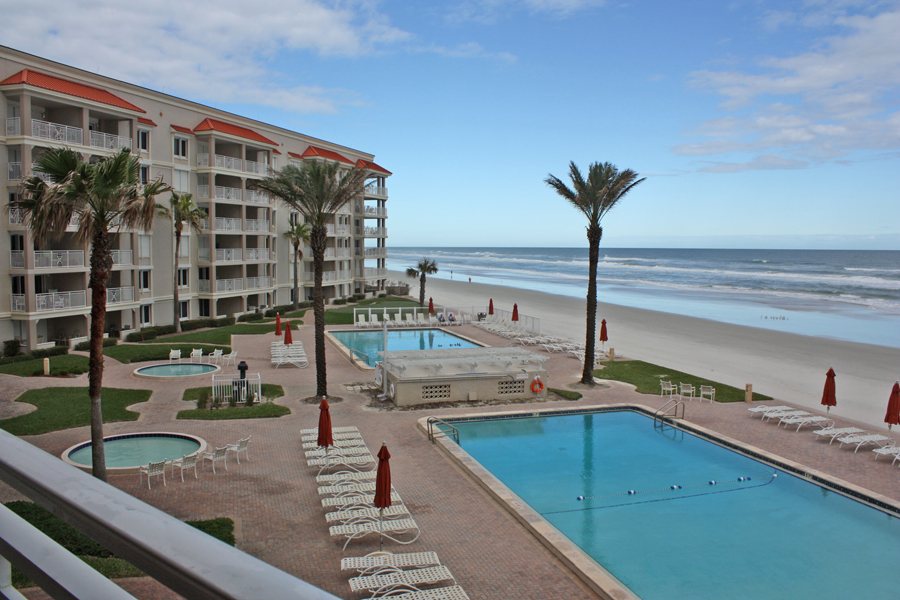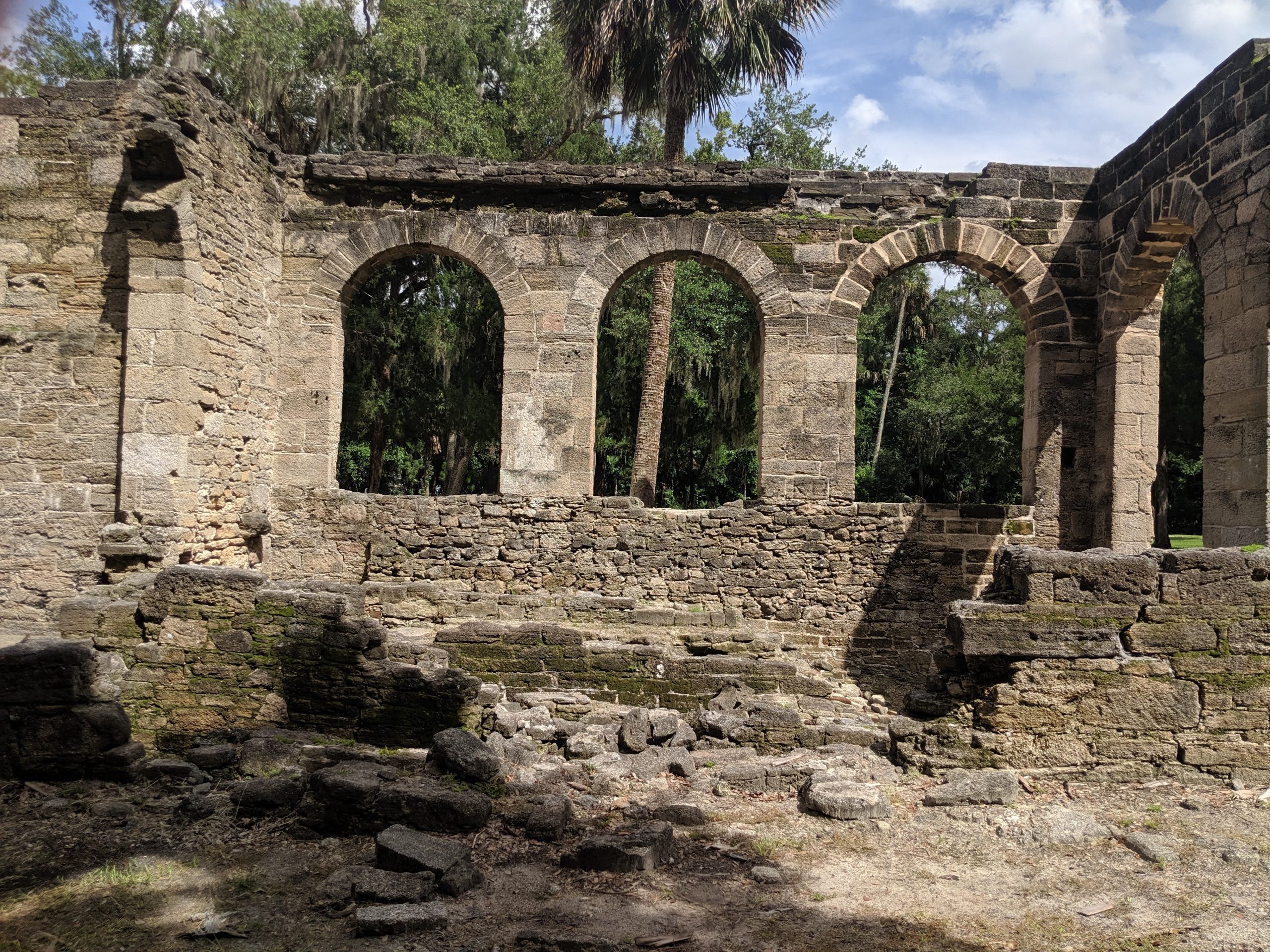As you probably know, New Smyrna Beach is woven of a tapestry rich in history. If you have some time, one very interesting New Smyrna Beach historic site to visit is Sugar Mill Ruins.
You’ll find it just one mile west of the Intracoastal Waterway on Old Mission Road; and here is its tale…
The 600 acres of land on which Sugar Mill Ruins was originally built was gifted to Andrew Turnbull by the British Crown in 1768 for the purpose of British colonization. Turnbull’s settlement was named New Smyrna after Smyrna, Greece – the birthplace of his wife. New Smyrna, which was three times the size of the Jamestown settlement, was plagued with disease and Native American raids. Its residents who survived fled north to St. Augustine.
New Smyrna later fell into the hands of the Spanish Crown which granted it to an Episcopal minister. In 1830, it was sold and structures including a saw mill and a crushing house – which contained the steam-driven crushing machines that extracted juice from sugarcane – were erected. The buildings were constructed of fossilized mollusk shells that were harvested nearby.
Then, during the second Seminole War on Christmas night in 1835, Native Americans set it all ablaze. The overseer, his family and resident slaves survived by fleeing down the Halifax River, but only those coquina walls were left standing with the machinery inside. The machinery was moved to Dunlawton Sugar Mill; and soldiers who were stationed there to keep an eye on Seminole activity later altered the site.
Sugar Mill Ruins is now a 17-acre historic site that was added to the United States National Registry of Historic Places in 1970.




